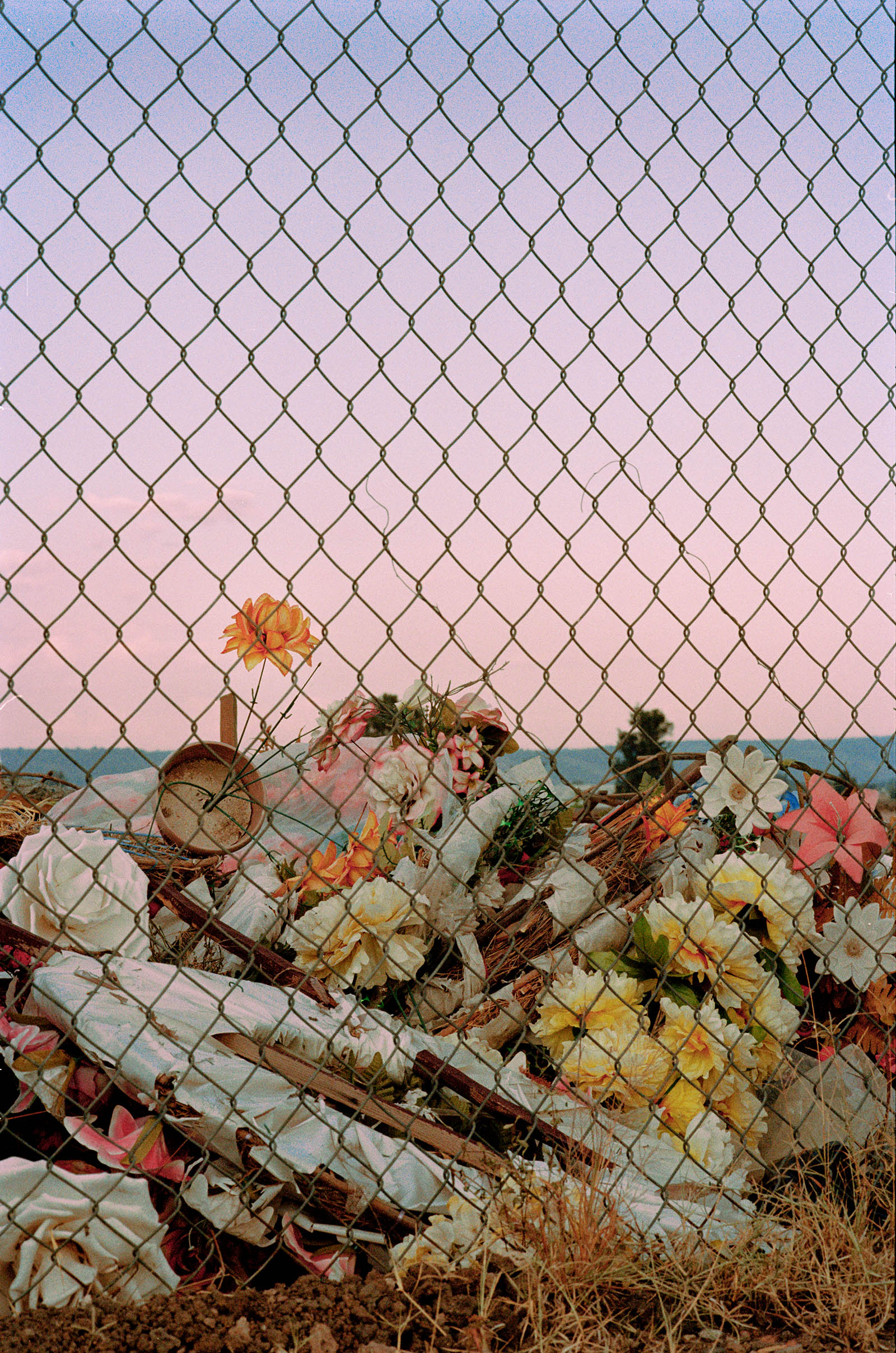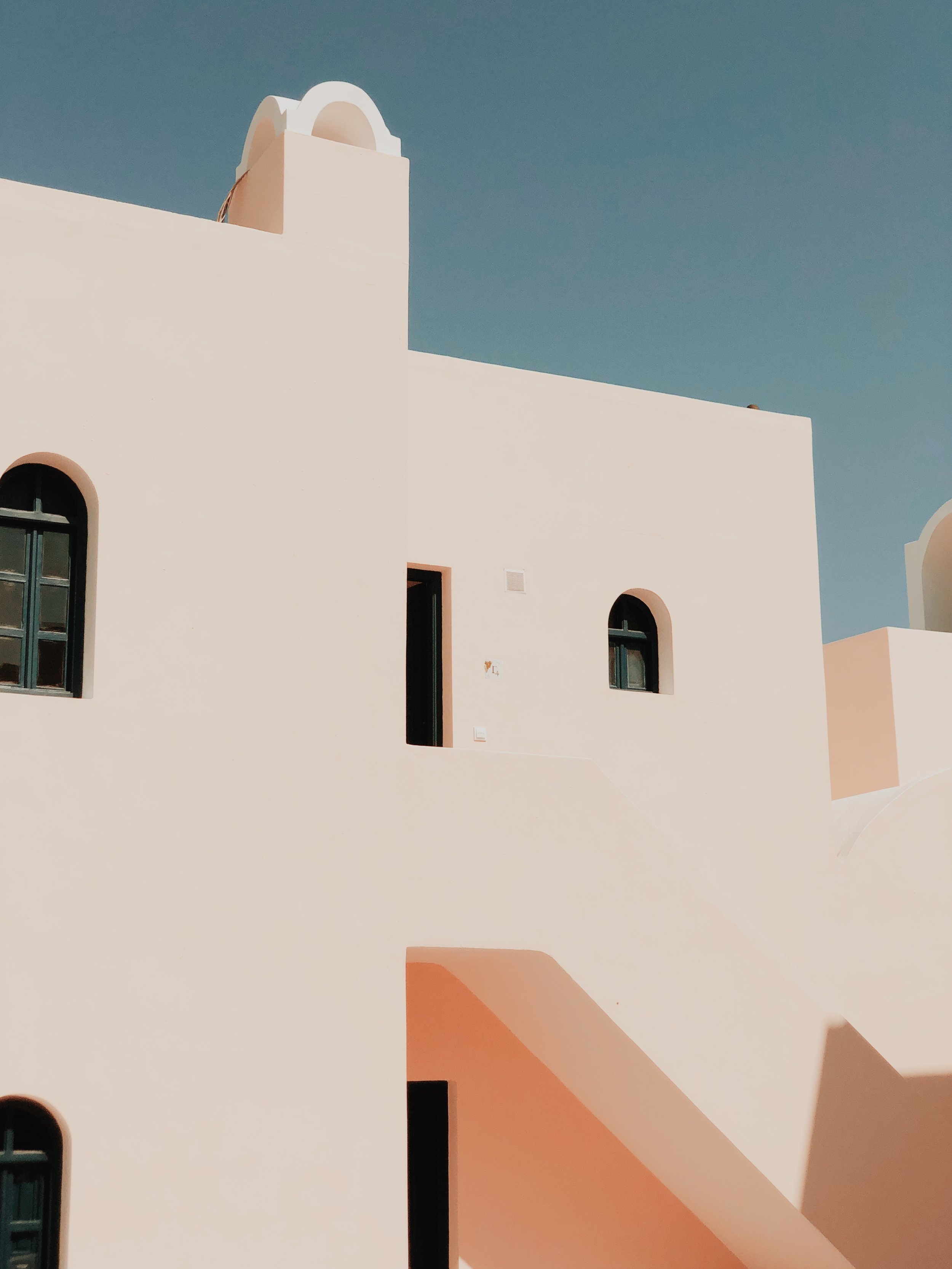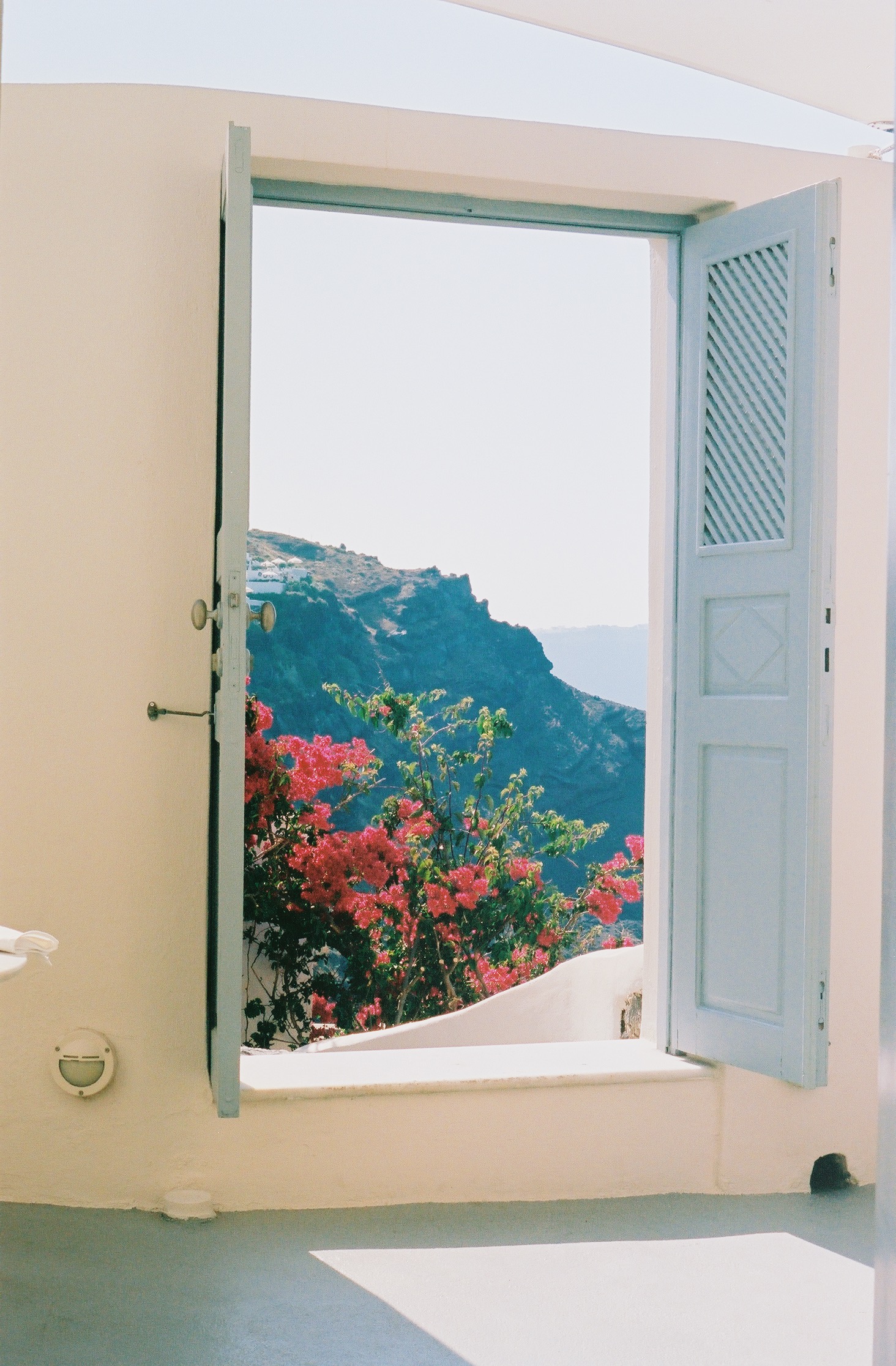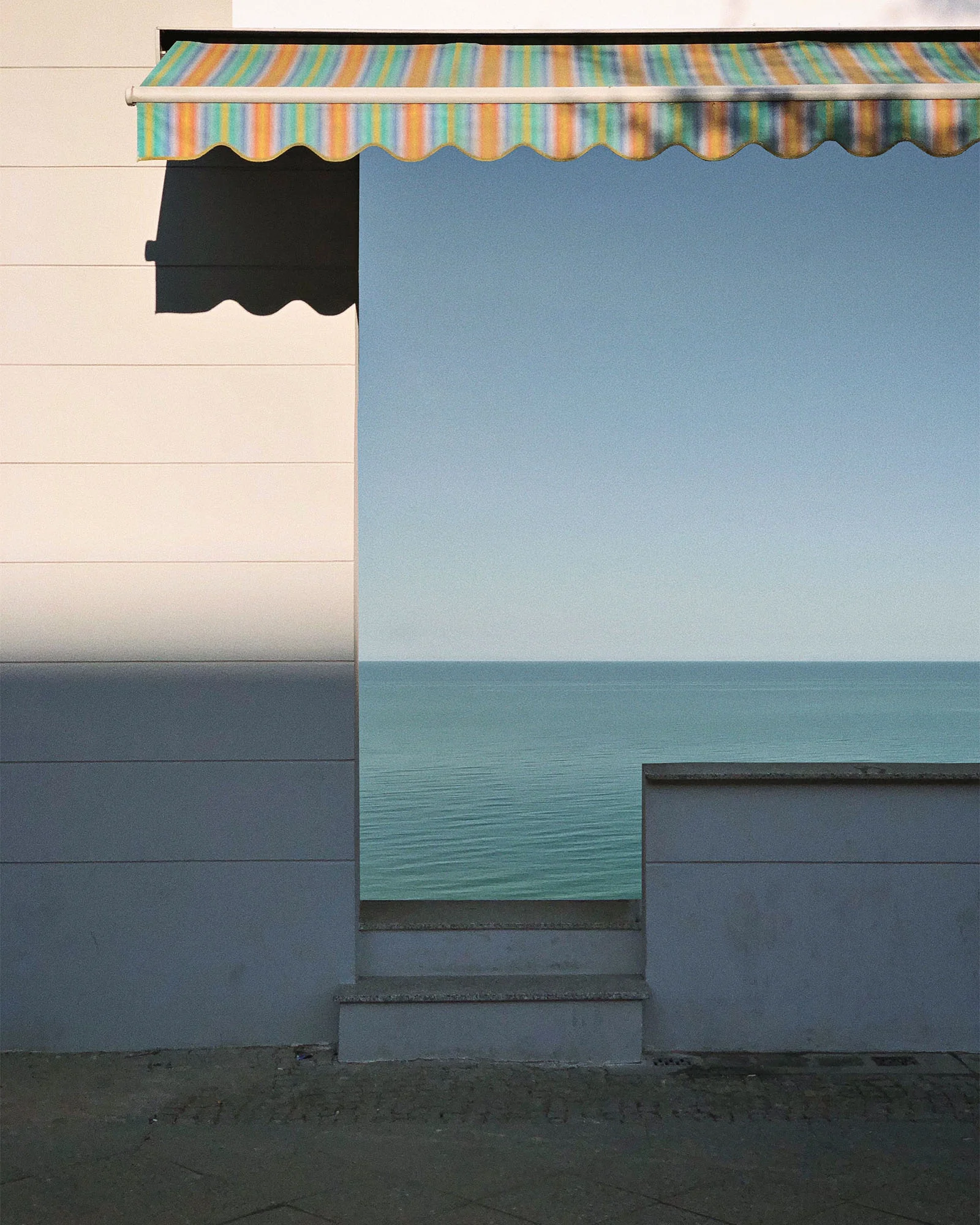A Look Behind the Lens With Fashion and Travel Photographer Pia Riverola
A Look Behind the Lens With Fashion and Travel Photographer Pia Riverola
The Photographer Talks Traveling Solo and Being Selective With Commercial Projects
Photographer:
Pia Riverola
Words:
Erica Nichols
Pia Riverola is always on the go. The travel photographer spends most of her days flying from one destination to the next, talking with strangers on the street, and wandering down a new city looking for landscapes that catch her eye. It’s tiring, she says, but incredibly rewarding to immerse herself in a city’s identity—whether it’s through the locals, food, or landmarks. This translates directly in her photographs, where each image is rich with emotion and thought. For Riverola, she can pinpoint exactly how she was feeling or what she was thinking about with each photograph. The composition she selects, the colors she incorporates, the textures—they all are descriptive details that connect her to specific moments in time and reach out to the many followers of her work on Instagram and beyond. In between commercial projects with companies like NIKE and Google, along with her ever-evolving personal work, Riverola spoke with us about what it’s really like to be a travel photographer and how she decides what’s worth capturing.
VISUAL PLEASURE Magazine: How did you first get into photography and what drew you to this medium?
Pia Riverola: I've always been interested in photography. Growing up, my grandfather gave me a camera and I would play around with it in school. I didn’t really take it seriously, though, until I started studying film. I still had my grandfather’s camera, and I began using it again, experimenting and just having fun. Around that time, I started to travel more and I’d take the camera with me—I realized that I was looking forward to going on trips just so that I could take more photos. So when I moved to New York City, photography seemed like the best way of keeping in touch with my family and friends in Barcelona. This was long before Instagram was around! It was a way of showing them all that I was seeing and doing during my travels.
What inspires you most and how has that changed over the years with the different places you've traveled to?
Right now I'm really interested in light and how light works with color and texture. But there's a very specific kind of composition that I always create. Sometimes I explore out-of-the-box ideas, but I'm very drawn to architecture and graphic compositions. I'm always drawn to unique landscapes. When I'm not set on one specific thing to photograph, I love getting out and just walking around to photograph local people. I think it's a special way of connecting to the cities and countries I visit and showing others what it's like. When you take photos of local people, you develop a strong sense of the identity of that place.
We know you mainly split your time between Los Angeles and Mexico City. How often do you travel?
I travel a lot! I'm tired, but I'm so grateful for everything that has happened to me because I'm able to travel and discover new places all of the time. I usually go alone. Not always, but most of the time I'll be traveling alone. It's really good for me in terms of discovering a new place. You have to push yourself out of your comfort zone and go around and just talk to strangers. One time a client sent me to Brazil, and it was tricky to get there, and I was so exhausted, but when I arrived I was like, 'okay now you need to go out and talk to people.' But it was so organic because I met these sixteen-year-old girls and they basically showed me around everywhere. I'm almost 30, but they were super fun and showed me so many amazing places. I feel that it's very important for my process to go alone and experience a place for myself. Of course, sometimes it can be lonely. But I also try to disconnect from the travel part and really just connect with myself. I don't pity myself. It's lonely, but I'm also with myself and I'm out there meeting so many new faces and exploring exciting things that I don't think about it too much. It's more of a tired thing than a lonely thing for me.
People often talk about the nostalgic quality of your work. Do you do this intentionally and how have you developed your own style over the years?
I think there's an element of film photography that instantly gives you a nostalgic factor, and then the colors that I use and the fact that I stick with landscapes can create a certain nostalgic feeling. But I've definitely gone through a growth period with my work and I've evolved a lot and developing my work. I'm not the same person I was when I first started back in New York and Mexico City. I've gone through a lot of experiences, good and bad, and photography has been my way of translating my emotions and sharing what I'm going through. It's amazing that you say it creates nostalgia because it's really just how I feel in the moment. I can look back at my work and see an image and remember how I felt that day and what point of my life I was in. Even if it's the light, the texture or the tone, I don't do it intentionally. It's just this natural snapshot of my inner emotions.
In terms of your creative process, do you create as you go or set out with a plan?
It's super organic. I'll always ask around to find out what I should see or where I should eat. But I really just walk around. There was one time I was in Hong Kong with my brother on vacation and I didn’t really want to do whatever he had planned that day, so I just started wandering around Hong Kong. I stumbled upon this flower market and was so captivated by the florists and everyone there and it turned out to be a cool series that I just happened to find. Sometimes it’s planned, but some of the most interesting work happens when there was no plan at all. Of course, there are well-known architectural places I’m told to visit, but even then I try not to do too much research so that I don’t get too conscious about what I’m doing. When I’m on commercial projects, I do also find time for my own personal work for a sort of escape. I still like to try to get my own thoughts and memories out, even while doing commercial projects.
Is it hard for you to put the camera down and be in the moment?
It's become a way of living for me. It's just a part of me now when I travel, I always go walking around looking for photos. My eyes are just naturally drawn to unique things. Mainly with commercial projects, I'll want to set the camera down. But even when I set it aside and try not to touch it for a week, I still end up taking photos with my phone. Those are great because I just get to play around and capture images that have flaws, but still make me feel super happy.
Your work covers a lot of genres, including fashion, travel, and architecture. Does your approach to photography change at all depending on the genre that you're working on?
I think they go hand-in-hand. It's not going to be the exact same when I shoot fashion or architecture, because I have to switch between different modes. But light, color, and composition are all elements that tie my work together and remain consistent across all genres. Of course, it's never too strict because for me, the point in doing a variety of work is that there is an element of fun in not having to commit to one thing or another. It all really stems from what I find interesting and what I love to explore, like fashion and architecture.
You’ve mentioned how important light and color are in developing your work. Talk to us about your approach and how that’s changed over time.
It’s interesting. There was a point in which everything I shared was really calming and cute, often using pink and orange colors—which I love. But I started to feel that I was following that path because that's what people were engaging with the most. At some point, I had to stop and think about how big of a role Instagram played in my life as an artist. I think we're all a little too interested in the likes, followers, and which images get the most responses, instead of how we feel about the work. So I've tried to find the balance in posting what makes other people happy versus what makes myself happy. Now I post things that I love that maybe my followers don't quite understand all the time, but I think it's beneficial to keep introducing new things. It's very fulfilling when you can say that you don't care about what other people want. Of course, I still wonder how well it will do, but I don't feel like a slave to it anymore. I think it's difficult for artists and photographers in general, because our art is our work. It's just about finding that balance of understanding yourself and your work, and aiming to express yourself regardless of whether or not people will like you.

















